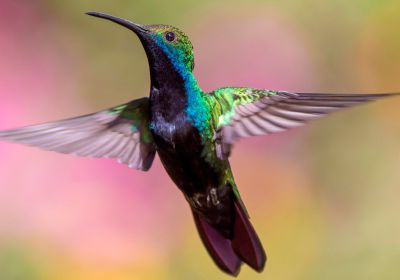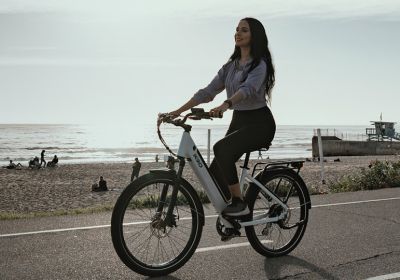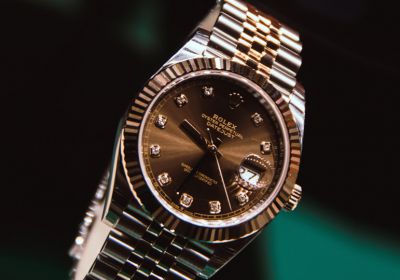How to Choose the Best Camera for Your Photography Needs
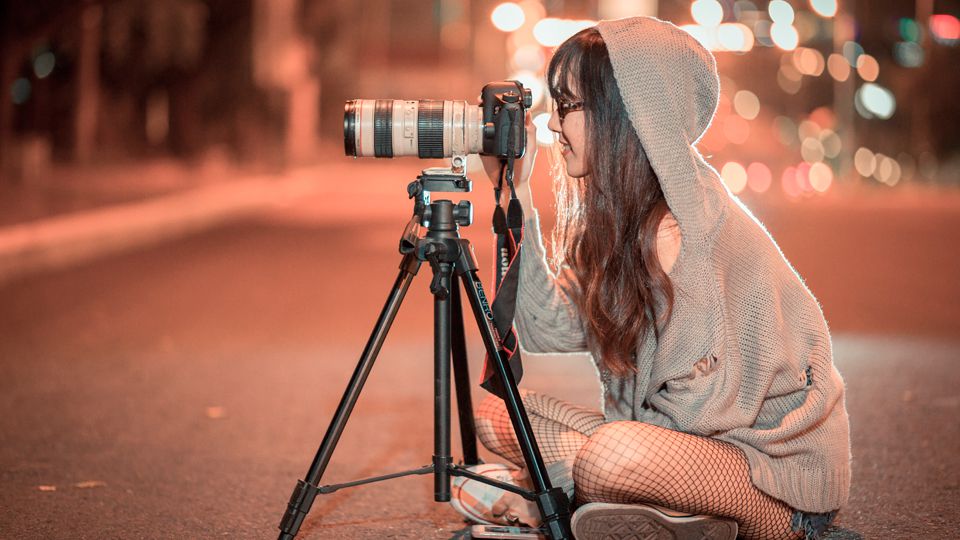
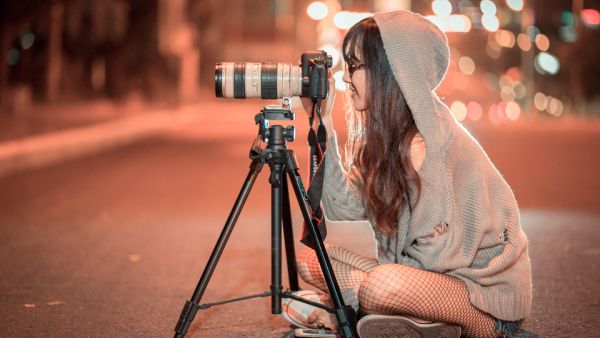
Choosing a camera is not an easy task, the importance of which can hardly be overestimated. The right camera becomes a silent collaborator, faithfully translating your vision into vivid imagery that speaks volumes. The attention to detail in every click, the nuance in every shade, and the sheer clarity of each frame become a testament to your dedication as an artist.
In this article, we embark on a journey to uncover the secrets of selecting the best camera for your photography needs. We will delve into the various considerations, from understanding your specific goals and budget to exploring the different camera types, lenses, and features that shape the photographic landscape. By the time we reach the end of this guide, you will possess the knowledge and insight necessary to make an informed decision, armed with the perfect tool to embark on your creative odyssey.
So, fasten your seatbelt, ready your lens cap, and prepare to discover the camera that will transform your photography from mere snapshots to stunning works of art. Let us embark on this exhilarating quest together, where every frame holds the potential to immortalize the beauty of the world as seen through your lens.
1. Identify Your Photography Goals and Needs
Before embarking on your journey to find the perfect camera, it is vital to take a moment to understand your specific photography goals and needs.
By identifying your area of interest, you unlock a world of possibilities. Each genre of photography demands specific characteristics from a camera to truly shine. For landscape enthusiasts, a camera with exceptional dynamic range and high-resolution capabilities can bring out the intricate details of every leaf and mountain peak, painting a canvas of unrivaled beauty.
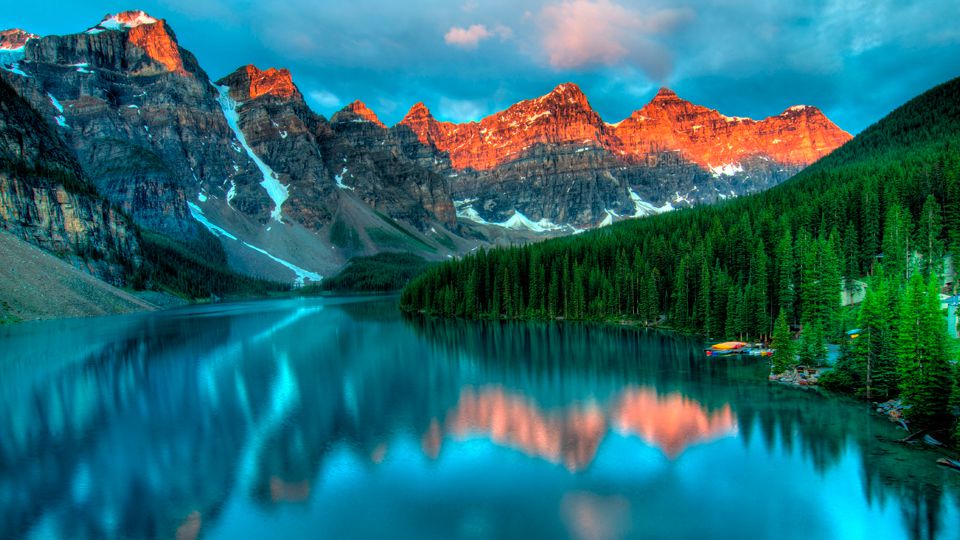
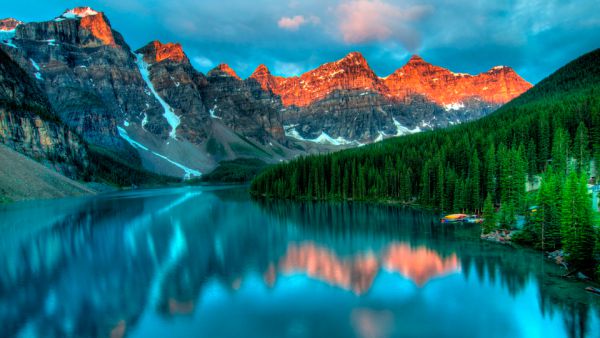
Portrait photographers, on the other hand, may prioritize cameras with precise autofocus systems and the ability to capture delicate skin tones and nuances of expression.
But it doesn’t end there. Image quality, resolution, low-light performance, and versatility are crucial factors to consider, regardless of your chosen photographic path.
Image quality determines the clarity, sharpness, and color fidelity of your photographs. A camera with a larger sensor and advanced image processing capabilities can deliver stunning results, capturing the true essence of your subject.
Resolution plays a vital role in the level of detail your camera can capture. Higher megapixel counts allow for larger prints and cropping flexibility without sacrificing image quality. However, it’s important to strike a balance, as excessive resolution may come at the cost of larger file sizes and increased storage demands.
When exploring the world of photography, light is your steadfast companion. Low-light performance refers to a camera’s ability to capture images in challenging lighting conditions, such as dimly lit interiors or nightscapes. Cameras with larger sensors and advanced noise reduction algorithms often excel in these situations, allowing you to illuminate the darkest corners of the world with unparalleled clarity.
Versatility is another aspect to consider. A camera that offers a range of creative features, shooting modes, and customizable settings empowers you to adapt to various shooting scenarios. It opens doors to experimentation and growth, nurturing your skills as you explore new avenues of expression.
By understanding your specific photography goals and needs, you lay the foundation for selecting a camera that will be your faithful companion on your creative journey.
2. Determine Your Budget
To navigate the sea of cameras and their varying price points, it is essential to understand the different tiers of camera offerings.
At the entry-level, you will find cameras that are designed to provide a solid foundation for budding photographers or those on a tighter budget. These cameras may lack some advanced features but can still deliver impressive results, especially for those beginning their photographic journey.
Mid-range cameras occupy a sweet spot, offering a balanced blend of performance, features, and affordability. They often incorporate advanced autofocus systems, improved image quality, and enhanced low-light capabilities. These cameras serve as versatile companions, suitable for a wide range of photography genres and skill levels.
On the upper echelons lie the professional-grade cameras, crafted to meet the demands of seasoned photographers and professionals. These cameras boast exceptional image quality, blazing-fast autofocus systems, and rugged build quality. They are engineered to withstand the rigors of professional use, capturing fleeting moments with unparalleled precision.
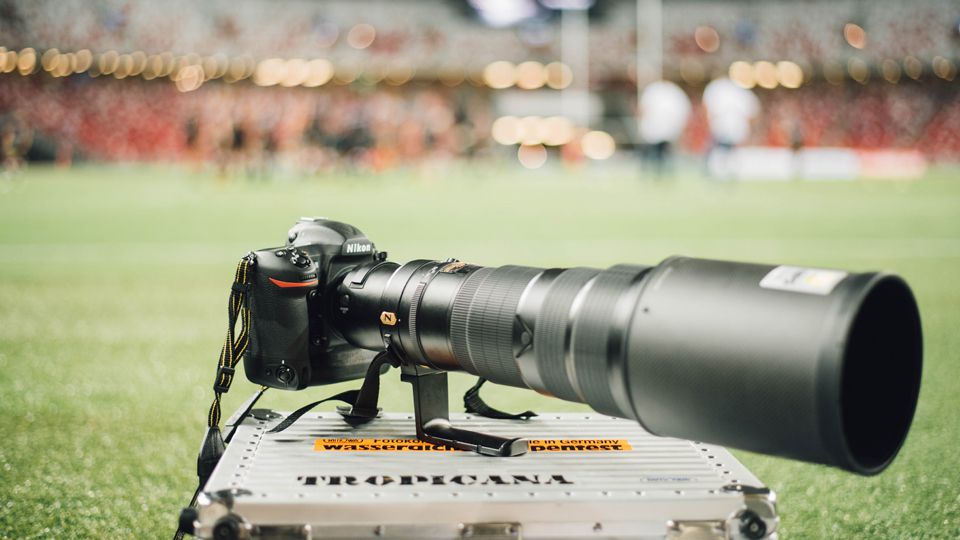
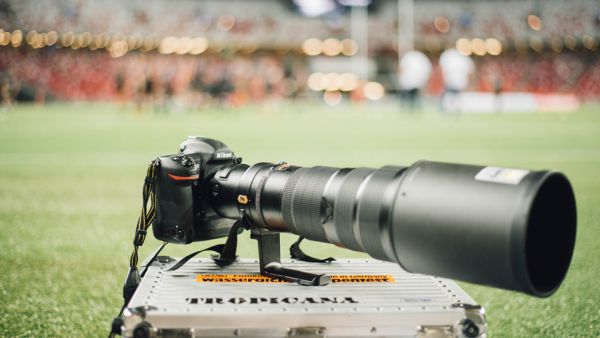
However, let us not forget the art of compromise. When working with a limited budget, you may need to make thoughtful concessions to find the right camera for your needs. This may involve sacrificing certain advanced features or settling for a camera from a previous generation. But fear not, for compromise does not equate to surrender. It simply means finding the perfect balance between your aspirations and the financial constraints you face.
Remember, it is the artist behind the lens that truly brings a photograph to life. The camera is but a tool, a means to capture the magic you envision. Even with a limited budget, you can still create stunning images that evoke emotion and tell compelling stories. So, be resourceful, explore the offerings within your price range, and focus on harnessing your creative potential.
Camera Types and Formats
In the realm of photography, the world presents a diverse array of cameras, each with its own distinct personality and charm. Let us embark on a journey to explore the fascinating realm of camera types and formats, and discover the perfect match for your photographic aspirations.
1. DSLR (Digital Single Lens Reflex). At the heart of many photographers’ arsenal lies the mighty DSLR. With its optical viewfinder and reflex mirror mechanism, a DSLR offers a classic shooting experience. These cameras boast a wide range of lenses, exceptional image quality, and robust performance. They are favored by professionals and enthusiasts alike for their versatility and reliable autofocus systems. However, it’s important to note that DSLRs tend to be bulkier and heavier than their counterparts, making them less suitable for those seeking a lightweight and compact solution.
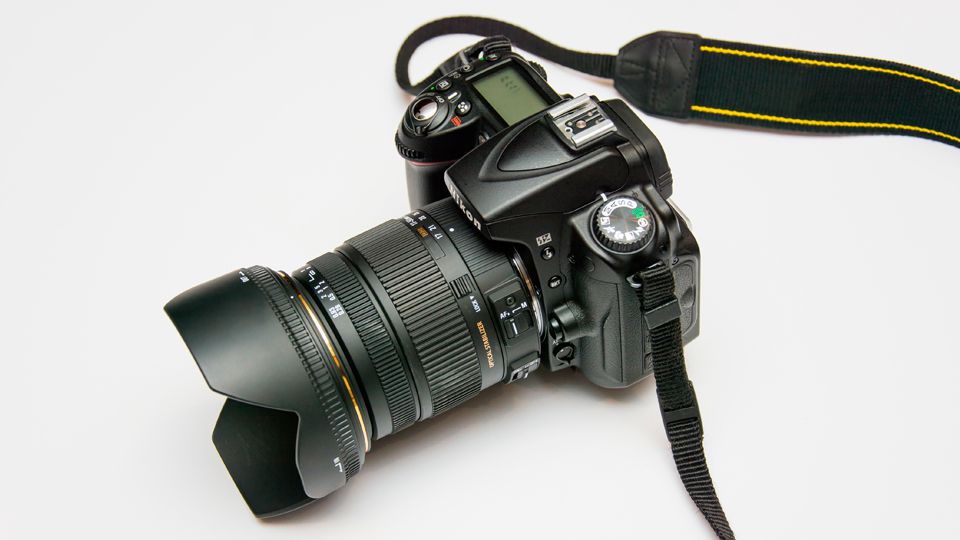
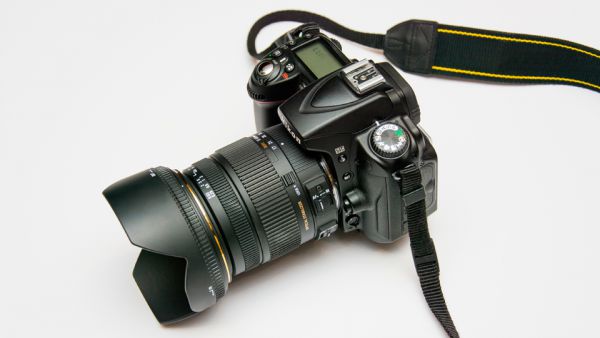
2. Mirrorless Cameras. In recent years, a new contender has emerged in the world of photography: the mirrorless camera. These sleek and innovative devices have made a significant impact, redefining the boundaries of what is possible. Mirrorless cameras do away with the reflex mirror found in DSLRs, allowing for a more compact and lightweight form factor. They employ electronic viewfinders or rely solely on the rear LCD screen for composition. Mirrorless cameras excel in areas such as video recording, continuous shooting speeds, and silent shooting capabilities. Their smaller size makes them ideal for travel and street photography. However, the lens selection for some mirrorless systems may be more limited compared to DSLRs, although this gap is steadily closing as the technology advances.
3. Compact Cameras. For those seeking convenience and portability above all else, compact cameras offer a pocket-sized solution. These compact wonders are designed for ease of use and can fit comfortably in your hand or slip into your pocket. While they may not match the image quality and versatility of DSLRs or mirrorless cameras, compact cameras have made significant strides in recent years. Some advanced compact models boast larger sensors, allowing for improved image quality and low-light performance. They often come equipped with built-in lenses that offer a wide range of focal lengths, making them suitable for various shooting situations. Compact cameras are perfect for casual photographers, everyday documentation, and spontaneous moments.
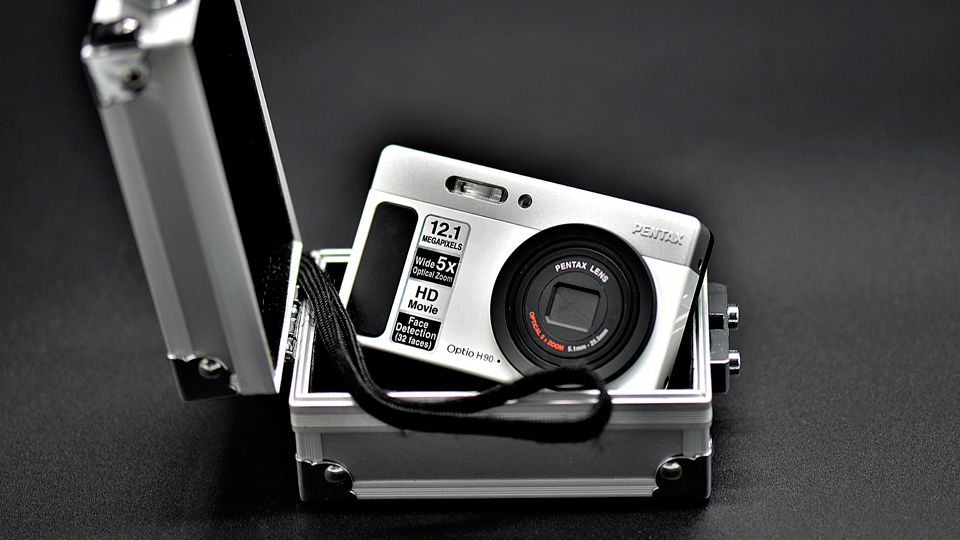
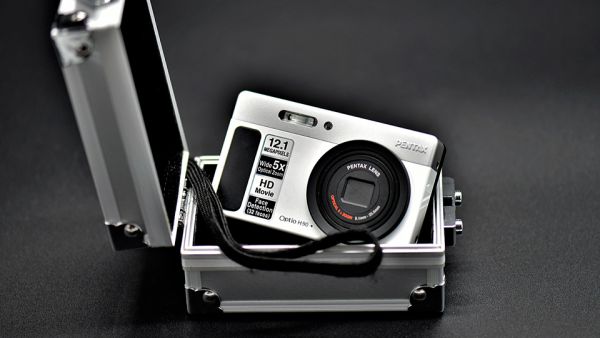
Now, let us venture deeper into the realm of sensor sizes, for they hold a profound influence on the image quality and capabilities of a camera. Three main sensor sizes dominate the market: full-frame, APS-C, and micro four-thirds.
- Full-frame sensors are the crème de la crème, offering the largest sensor size found in consumer-grade cameras. Their larger surface area allows for better light gathering, resulting in superior low-light performance and dynamic range. Full-frame sensors produce images with rich detail and exquisite image quality, making them a go-to choice for professionals and those who demand the absolute best.
- APS-C sensors, also known as “crop sensors”, are smaller than full-frame sensors but still offer impressive image quality. They often come at a more affordable price point and provide a narrower field of view due to their crop factor. APS-C cameras are a popular choice among enthusiasts and photographers looking for a balance between image quality and cost.
- Micro four-thirds sensors, found in some mirrorless cameras, are smaller still, but they offer advantages such as compact camera bodies and lenses. While they may not match the image quality of larger sensors in terms of dynamic range and low-light performance, they are highly portable and provide a versatile shooting experience.
Understanding the differences between these sensor sizes allows you to make an informed decision based on your desired image quality, low-light performance, and portability requirements.
Lens Options
When it comes to photography, the choice of lens is a decision of utmost importance. A lens is not merely a window through which you view the world, but rather a gateway to new perspectives, possibilities, and creative expression. It is a tool that has the power to transform your vision into captivating imagery, bringing your subjects to life with clarity, depth, and character. So, let us delve into the captivating world of lenses and explore the options that await you.
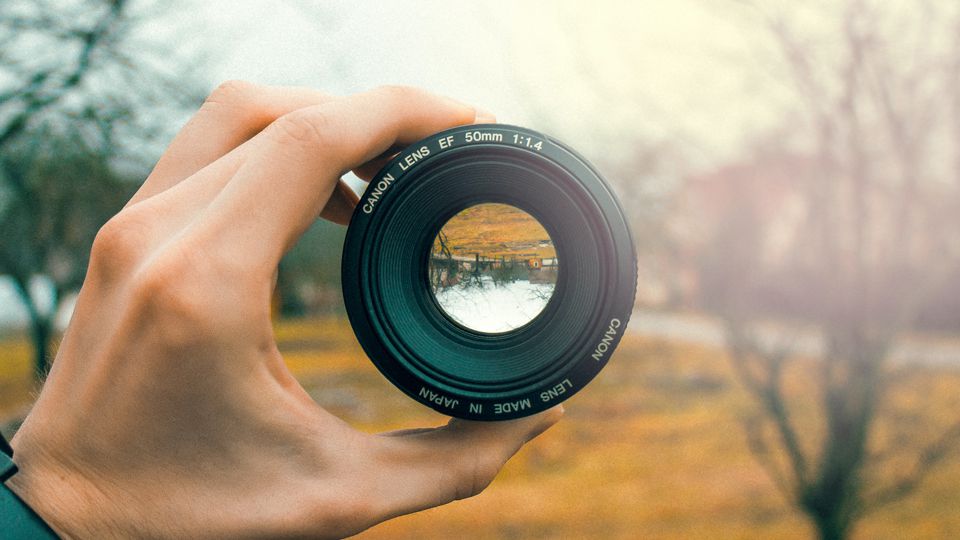
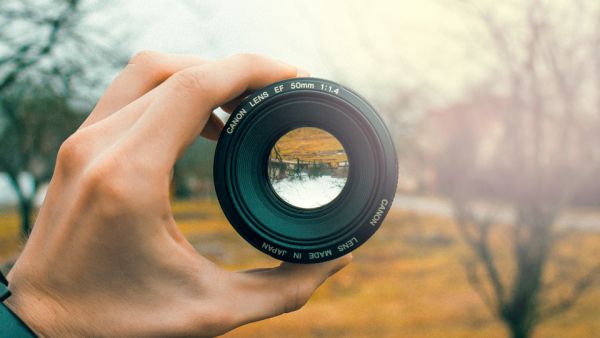
Here are examples of the most popular Lens Categories.
- 1. Prime Lenses. Prime lenses, also known as fixed focal length lenses, have a fixed focal length, such as 50mm or 85mm. They offer exceptional image quality, wider maximum apertures, and often boast a compact and lightweight design. Prime lenses are cherished for their ability to deliver stunning sharpness, beautiful bokeh (the out-of-focus areas), and low-light performance. They are ideal for various genres, including portraiture, street photography, and low-light shooting.
- 2. Zoom Lenses. Zoom lenses provide versatility by offering a range of focal lengths within a single lens. They allow you to zoom in and out, changing the field of view without physically moving. Zoom lenses are convenient companions, enabling you to capture a wide range of subjects without the need to switch lenses. They are popular for travel, events, and documentary photography, where flexibility and convenience are paramount.
- 3. Telephoto Lenses. Telephoto lenses have longer focal lengths, enabling you to magnify distant subjects and bring them closer optically. They are cherished by wildlife photographers, sports enthusiasts, and those seeking to capture details that are beyond the reach of the naked eye. Telephoto lenses compress perspective, making subjects appear closer together and creating a beautiful background separation.
- 4. Wide-angle Lenses. Wide-angle lenses have shorter focal lengths, capturing a broader field of view. They excel in capturing vast landscapes, architecture, and environmental portraits, where you want to showcase the context or create a sense of expansiveness. Wide-angle lenses add depth to your compositions, allowing you to capture more of the scene in a single frame.
You also need to take into account Focal Length. Focal length determines the field of view and how much of the scene you can capture. Shorter focal lengths (e.g., 24mm) provide a wider field of view, allowing you to capture more of the scene, while longer focal lengths (e.g., 200mm) offer a narrower field of view, magnifying distant subjects. Focal length also affects perspective, with shorter focal lengths exaggerating the sense of depth and longer focal lengths compressing the scene.
And don’t forget about Lens Compatibility. When considering lenses, it is essential to factor in their compatibility with your camera system. Different camera manufacturers offer lens mounts specific to their models. Ensuring compatibility between the lens and camera system guarantees seamless integration and optimal performance. However, it’s worth noting that some lens manufacturers provide adapters that allow the use of lenses across different camera systems, expanding your creative options.
Camera Features and Specifications
Now let’s delve into the realm of camera specifications and explore the essential features that deserve your attention.
1. Sensor Resolution and Image Quality. The resolution of a camera’s sensor, measured in megapixels, plays a significant role in determining the level of detail captured in your images. Higher megapixel counts allow for more extensive cropping and printing without sacrificing image quality. However, it’s important to note that megapixels alone do not guarantee exceptional image quality. Other factors, such as sensor size, dynamic range, and noise performance, also contribute to the overall image quality. A larger sensor often leads to better low-light performance and improved dynamic range, resulting in more nuanced and detailed images.
2. Autofocus Capabilities. Autofocus capabilities are crucial, as they ensure your subjects are captured with speed, accuracy, and precision. The autofocus system should be capable of quickly and accurately acquiring focus, allowing you to seize decisive moments. Look for a camera with advanced autofocus features such as phase-detection or hybrid autofocus systems, which excel in both speed and accuracy. Consider the camera’s ability to track moving subjects, as this feature is vital for sports, wildlife, or any fast-paced photography.
3. Burst Shooting and Continuous Shooting Speed. Burst shooting refers to the camera’s ability to capture a series of consecutive frames in rapid succession. This feature is invaluable for capturing fast action or fleeting moments. Look for a camera with a high continuous shooting speed, measured in frames per second (fps). A faster burst rate allows you to capture multiple frames per second, increasing your chances of capturing the perfect shot in dynamic situations.
4. ISO Sensitivity Range. ISO sensitivity refers to the camera’s ability to handle different lighting conditions. A wider ISO range allows you to shoot in various lighting situations, from bright daylight to dimly lit environments. Look for a camera with a broad ISO range and good noise performance at high ISO settings, as this enables you to capture images with minimal noise or grain, even in challenging lighting conditions.

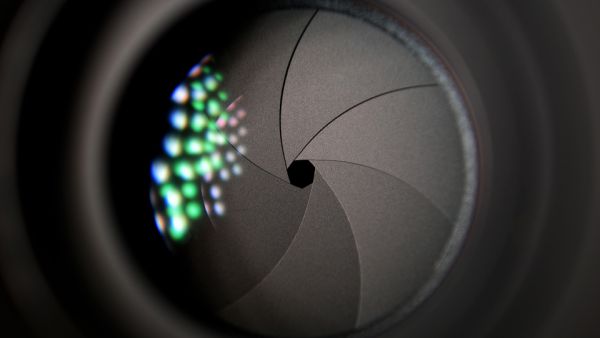
5. Video Capabilities. In this era of multimedia storytelling, the ability to capture high-quality videos has become increasingly important. When considering a camera’s video capabilities, pay attention to factors such as video resolution, frame rates, and video formats. Higher resolution, such as 4K or even 8K, delivers sharper and more detailed videos. The availability of different frame rates allows for creative control, whether you want to capture slow-motion scenes or maintain a standard cinematic look. Furthermore, consider the camera’s compatibility with different video formats to ensure ease of editing and post-production workflow.
While these camera features and specifications play a vital role in capturing breathtaking images and videos, it’s important to remember that they are tools to support your creative vision. Ultimately, the camera is a conduit for your artistry, and the technical specifications are there to enhance your ability to express yourself visually. So, choose a camera that resonates with your creative spirit and empowers you to capture moments that stir the soul.
Ergonomics and User Interface
Beyond the technical specifications, there lies a realm of practicality and comfort in the world of cameras. Ergonomics and user-friendly interfaces are the unsung heroes that enhance your shooting experience, allowing you to focus on the creative process without unnecessary distractions. Let us explore the importance of ergonomics and the user interface, and how they can elevate your photography journey.
1. Importance of Ergonomics and User-Friendly Interfaces. A camera that feels like an extension of your hand is a powerful tool indeed. The design and ergonomics of a camera significantly impact your shooting experience, enabling you to navigate through menus and controls effortlessly. A well-designed camera ensures that essential functions and controls are within reach, minimizing the need for complex button combinations or excessive menu diving. Ergonomics play a crucial role in allowing you to focus on your subject, compose your frame, and capture the moment with ease and confidence.
2. Layout and Accessibility of Controls. Consider the layout and accessibility of essential controls such as buttons and dials. Are they intuitively placed, allowing you to make quick adjustments on the fly? Can you easily access key settings like aperture, shutter speed, or ISO without taking your eye away from the viewfinder? A well-designed camera offers a logical and intuitive arrangement of controls, empowering you to make quick adjustments and capture decisive moments effortlessly.
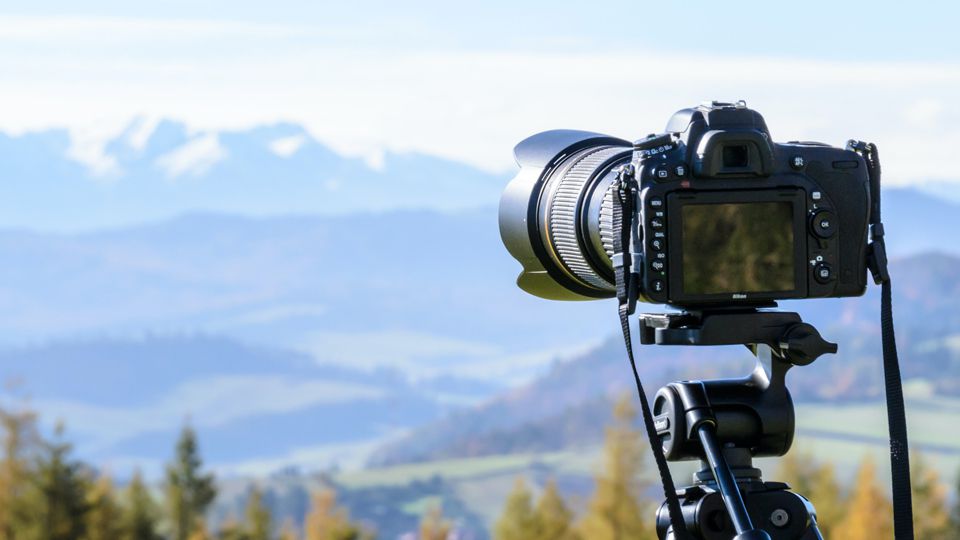
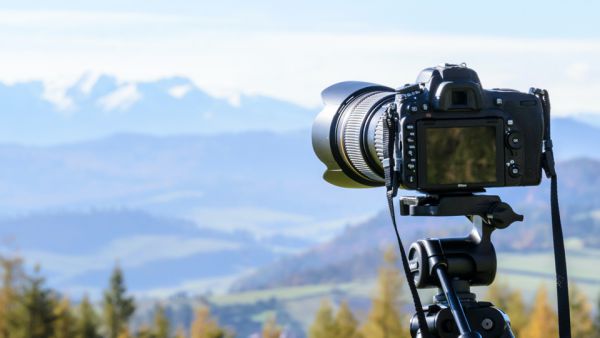
3. Touchscreen Functionality and Articulating Screens. The presence of a touchscreen can greatly enhance the user interface of a camera. Touchscreens provide an intuitive and familiar way to navigate menus, adjust settings, and even select focus points with a simple tap. They can streamline your workflow and provide a more immersive shooting experience. Additionally, cameras with articulating screens offer added flexibility, allowing you to shoot from various angles and perspectives, including low-angle or high-angle compositions. This feature is particularly useful for vloggers, videographers, and those who enjoy shooting in unconventional positions.
4. Customizable Settings. The ability to customize settings according to your preferences is a valuable feature that caters to individual shooting styles. Look for cameras that allow you to assign frequently used functions to custom buttons or dials. This personalization empowers you to tailor the camera’s interface to match your shooting style, allowing for seamless control and faster access to essential settings.
5. Size, Weight, and Grip. A camera’s size, weight, and grip play a significant role in ensuring comfortable handling, especially during extended shooting sessions. Consider the camera’s dimensions and weight, taking into account factors such as portability and ease of use. A camera that feels comfortable in your hand, with a well-designed grip, reduces fatigue and allows for a more stable shooting experience. Test the camera’s ergonomics before making a decision to ensure that it feels natural and comfortable in your hands.
Remember, a camera should be an extension of your creative vision, offering an intuitive and enjoyable shooting experience. Pay attention to ergonomics, user-friendly interfaces, and customizable settings to find a camera that seamlessly integrates with your shooting style, allowing you to focus on capturing those magical moments. After all, the true joy of photography lies not just in the final image, but also in the journey that leads you there.
Do your research
In the digital age, information is at our fingertips, and harnessing the power of research can be a game-changer when it comes to finding the perfect camera. Choosing the best camera for your photography needs requires more than just a casual glance at a few models. It demands dedicated research to ensure that your investment aligns with your creative aspirations. Dive deep into the world of cameras, explore the features, specifications, and user experiences to make an informed decision.
The internet serves as a treasure trove of valuable information. Visit reputable websites, photography blogs, and technology review platforms that provide detailed insights into various camera models. These online resources offer in-depth reviews, comparisons, and expert recommendations. User reviews can provide valuable perspectives, highlighting the real-world experiences of fellow photographers who have already embarked on their camera journey.
Beyond technical specifications, sample images provide a tangible glimpse into the camera’s capabilities. Look for sample images captured with the shortlisted cameras to assess image quality, dynamic range, color reproduction, and low-light performance. Real-world performance evaluations, conducted by professional photographers or camera enthusiasts, can provide practical insights into how cameras handle different shooting scenarios.
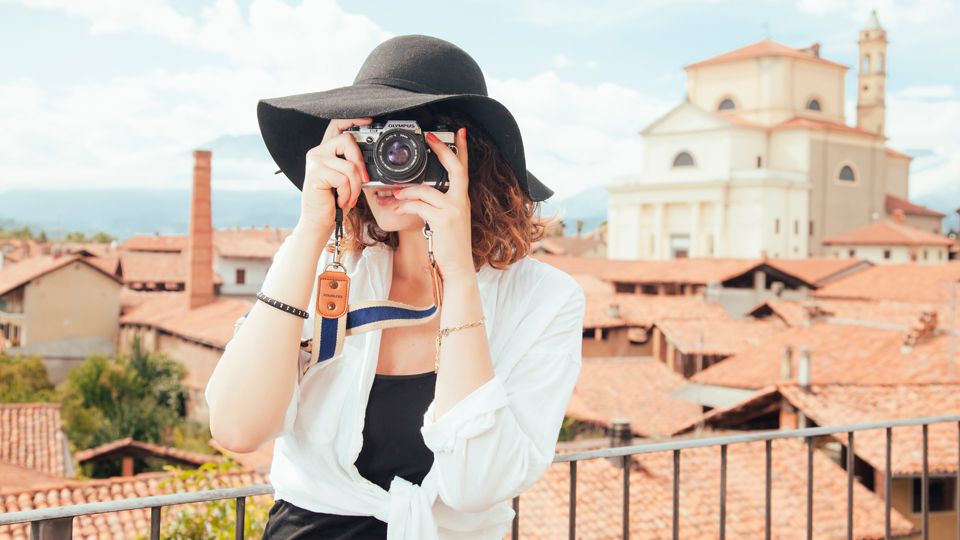
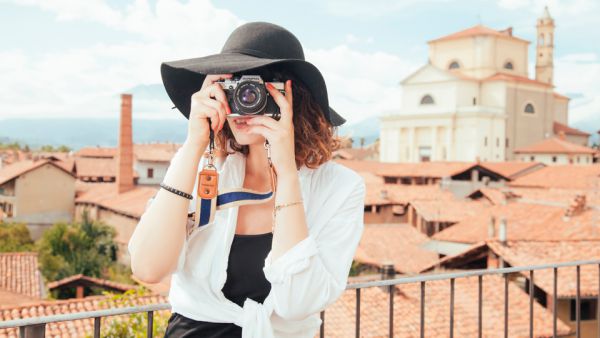
Harness the power of community and join photography communities or forums. Engaging with fellow photographers who have hands-on experience with the cameras you’re interested in can provide invaluable firsthand insights. These communities foster discussions, sharing of tips and tricks, and personal anecdotes that can guide you towards making the right decision. By interacting with like-minded individuals, you can gain a deeper understanding of the cameras and their performance in real-world situations.
Consider Future Expansion
Photography is a dynamic and ever-evolving field. As you progress in your photographic journey, your creative horizons may expand, leading you to explore different genres or experiment with new techniques.
Lenses and accessories are the building blocks of a versatile camera system. Consider the availability of a wide range of lenses, including prime, zoom, macro, or specialty lenses, that can cater to your evolving photography interests. Assess the ecosystem of accessories, such as external flashes, filters, or remote triggers, that can enhance your creative possibilities. Furthermore, consider the camera’s compatibility with third-party equipment, as it can expand your options and provide cost-effective alternatives.

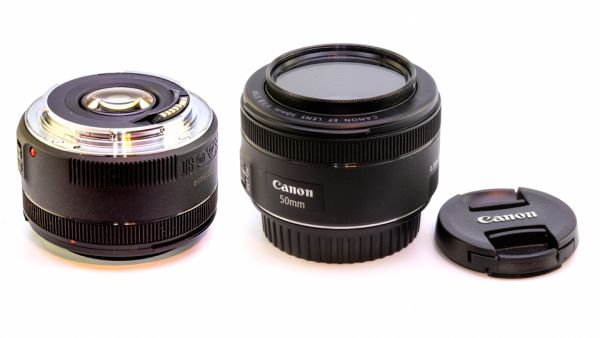
This foresight allows you to future-proof your gear and ensures that you can seamlessly transition to newer camera bodies without losing your investment in lenses and accessories.
Selecting the best camera for your photography needs is a thoughtful process that requires careful consideration. By aligning your photography goals and needs with the features, budget, and long-term potential, you can find a camera that becomes a trusted companion on your creative adventures. So, weigh your options, seek advice, and make an informed decision that empowers you to capture moments that resonate with your soul. Happy shooting!
- Photo by Kiên Trịnh on Pixabay
- Photo by James Wheeler on Pixabay
- Photo by CHUTTERSNAP on Unsplash
- Photo by Robert Karkowski on Pixabay
- Photo by Erwin on Pixabay
- Photo by Jonas Svidras on Pexels
- Photo by Pixabay on Pexels
- Photo by PhotoMIX Company on Pexels
- Photo by SplitShire on Pixabay
- Photo by Ioannis Karathanasis on Pixabay
